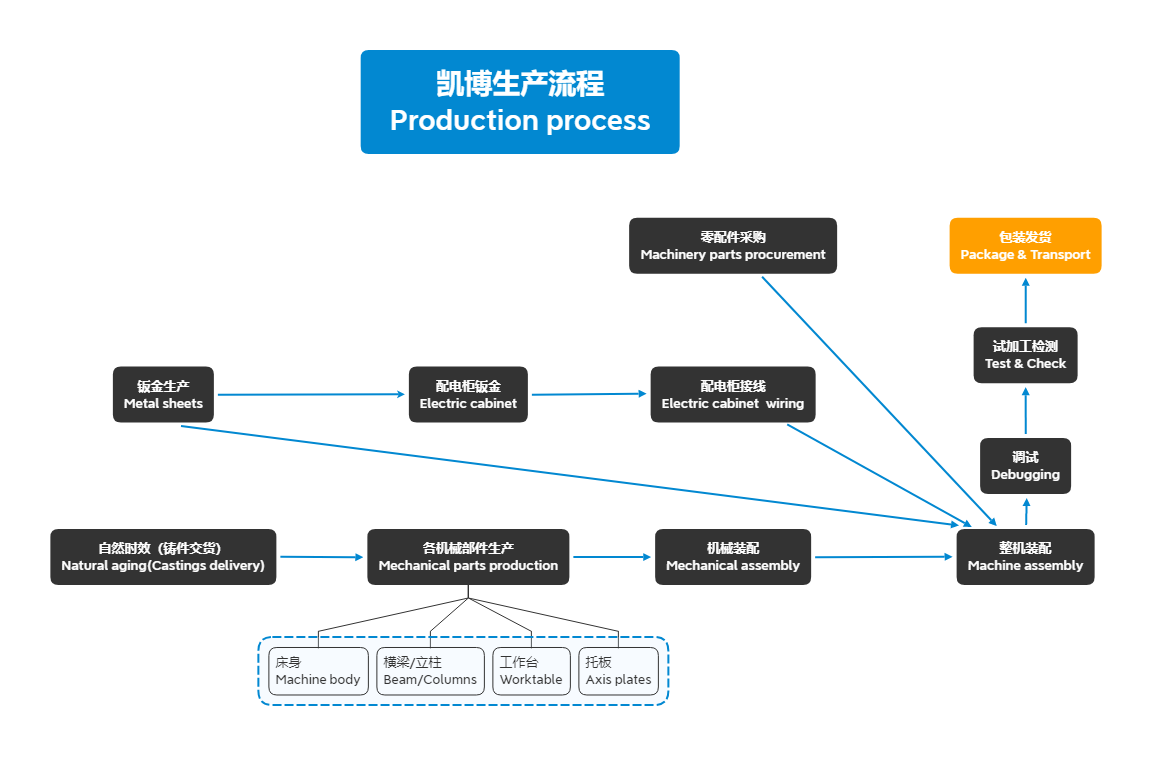
You're likely familiar with the challenge: graphite electrodes demand precision, but traditional three-axis machines struggle to maintain consistency across multiple faces—especially when high surface quality and tight tolerances are required. That’s where RTCP (Rotational Tool Center Point) technology comes in.
In a standard 3-axis setup, each new face requires re-clamping and manual recalibration. This introduces cumulative errors—often exceeding 0.05 mm per flip—which directly impacts electrode performance in EDM processes. With RTCP-enabled machines like the FH855L from KEBON CNC, your toolpath remains stable regardless of spindle rotation. The machine automatically compensates for head movement, so you don’t need to worry about losing accuracy after every orientation change.
Real-world data shows that RTCP reduces setup time by up to 40% and improves surface finish repeatability by over 30%. For manufacturers producing hundreds of electrodes monthly, this isn't just a convenience—it's a competitive edge.
Unlike metals, graphite has anisotropic properties—it behaves differently depending on grain direction. This makes it prone to chipping if cutting parameters aren’t optimized. Our engineers recommend:
| Parameter | Recommended Range | Why It Matters |
|---|---|---|
| Spindle Speed | 8,000–15,000 RPM | Prevents overheating and graphite dust accumulation |
| Feed Rate | 500–1,200 mm/min | Balances material removal rate and surface integrity |
| Depth of Cut | 0.1–0.3 mm | Minimizes vibration-induced micro-cracks |
“After switching to RTCP-based machining, we reduced our electrode rejection rate from 8% to under 2%—and saved over 200 hours/month in setup and inspection.”
— Manufacturing Engineer, Global Mold Co., Germany
If you're still using manual clamping or struggling with inconsistent results, now is the time to rethink your process. The FH855L doesn't just offer RTCP—it delivers intelligent automation, real-time feedback, and integrated toolpath optimization tailored for complex graphite parts.

Got questions about how RTCP can transform your graphite electrode workflow? Share them below—we read every comment and respond within 24 hours. Let’s make your shop smarter, not harder.
Ready to boost productivity and reduce scrap? Explore the FH855L RTCP Five-Axis Machining Solution—backed by global support in 26 countries.

